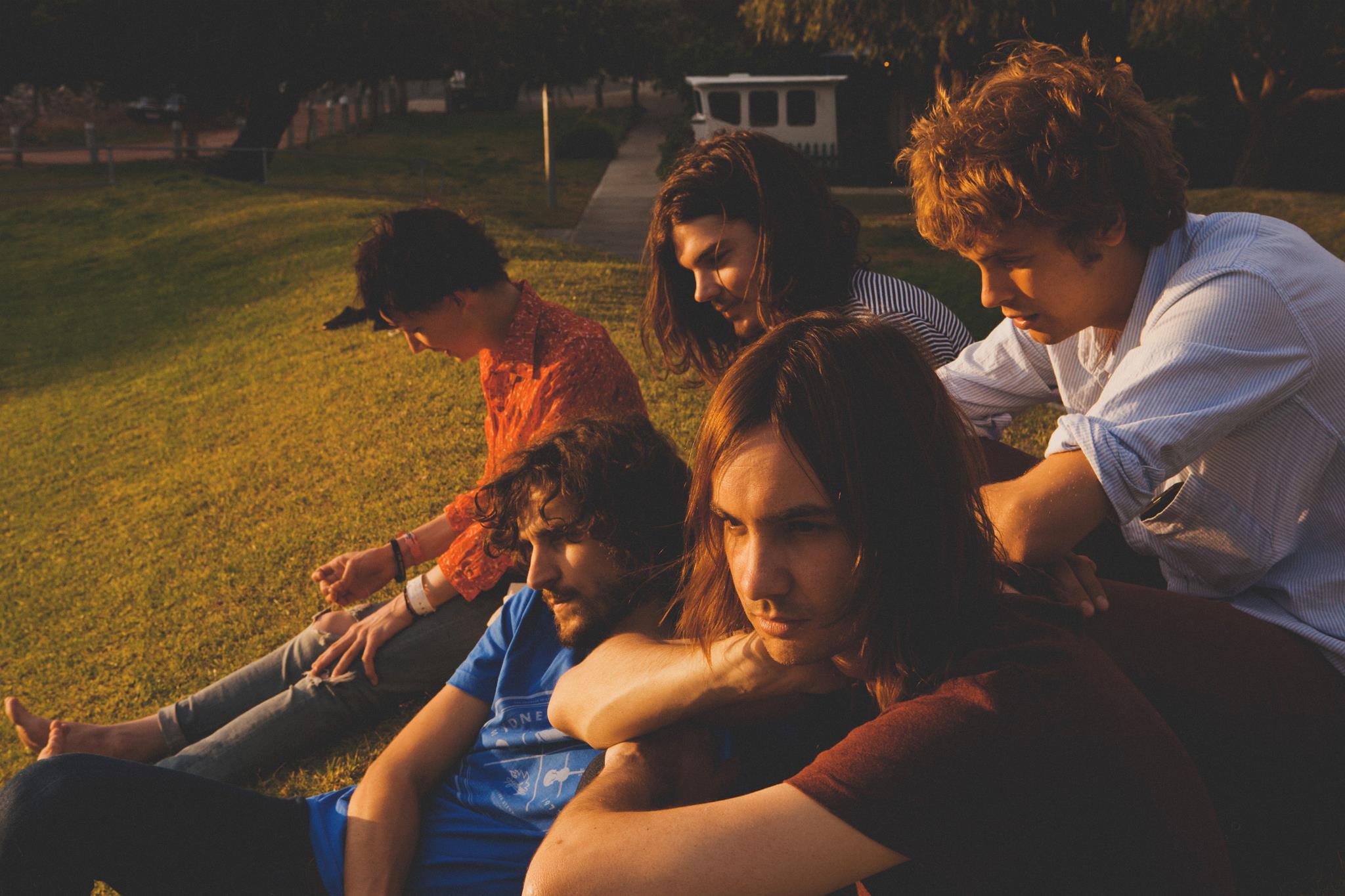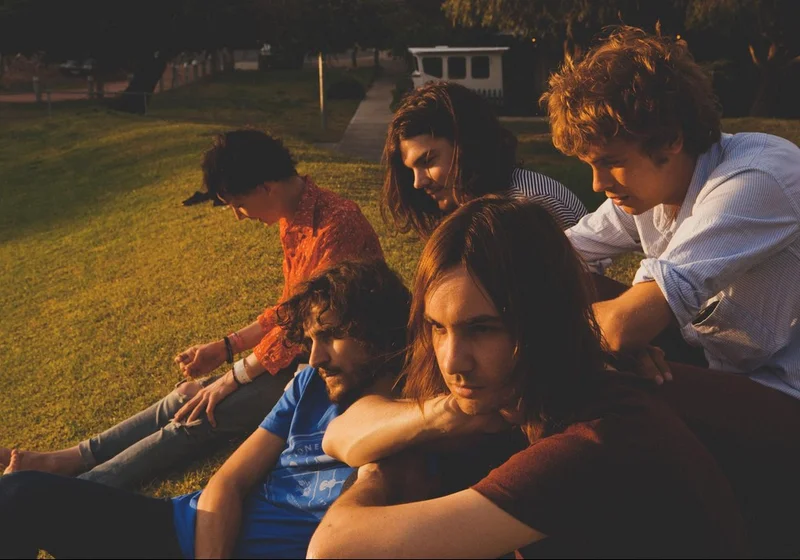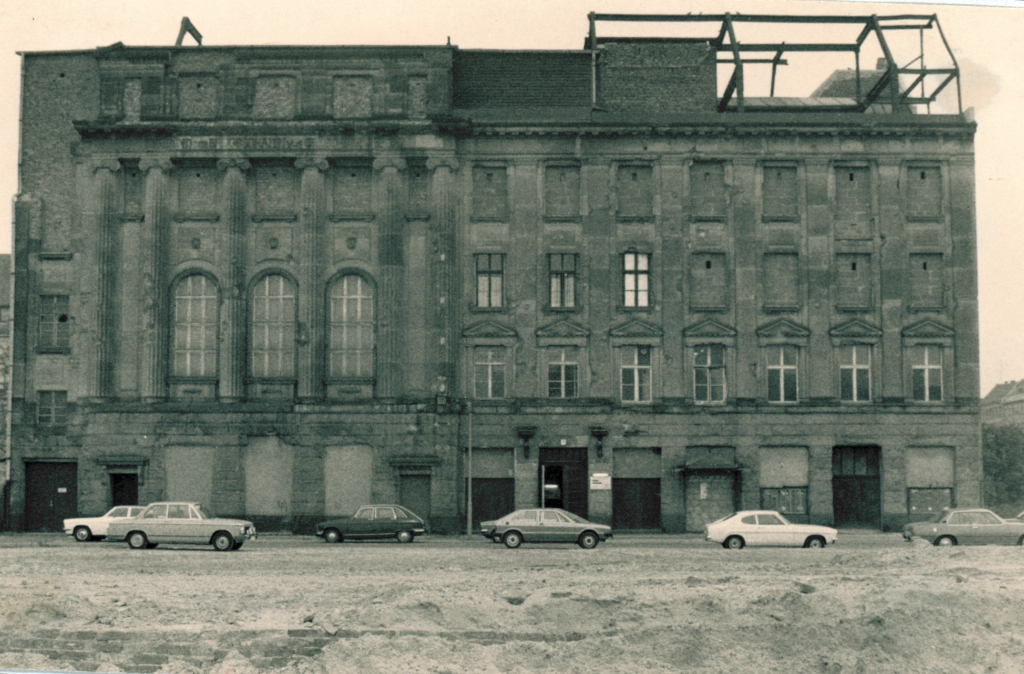BY ALEX
MAIOLO
In 1910, at 38 Köethner Straße, the Builder's Association of Berlin [Baugeschäfte] began construction on what would eventually become an architectural neoclassical masterpiece. Completed three years later, it housed many offices — including their own — and even the influential, and controversial, Malik-Verlag publishing company and bookstore. But at the heart of the building was the exquisite Der Meistersaal, or "Master's Hall." Concerts and readings were regularly performed in what became an important hub of the Berlin arts scene. During the Second World War, the Nazi's Reichsmusikkammer used The Hall for propaganda concerts until 1943 when the rear wing of the building, along with the rest of the neighborhood, was destroyed by a bomb. Thankfully the Meistersaal was spared. It remained empty until a post-war attempt to revitalize the space started, and then halted, when Köethner Straße, once located in the center of a thriving, artistic city, found itself on the front line of the Cold War in 1961. Just 150 meters from the front door was the border of East Germany, and eventually Die Mauer — the Berlin Wall. The street, and the once glorious building, sat in disrepair overlooking the grim No Man's Land that was the gateway to East Germany. It occurred to the label Ariola Records that such a hall, which had unintentionally found itself in a rather quiet neighborhood owing to it's now undesirable location, would be the perfect place to record their growing roster of artists. "The Great Hall By The Wall" began it's new life as a factory for German pop music in 1964. It would eventually change ownership over to the music publishing power family, the Meisels, who would locate their now famous Hansa Tonstudio in the building. There's probably not enough room in this magazine to list the seminal releases that have been made in the legendary space, but U2's Achtung Baby, Iggy Pop's The Idiot and Lust For Life, REM's swansong Collapse Into Now, David Bowie's "Heroes," and other parts of his "Berlin Trilogy," are only a few. (The cover of David Bowie's recent record, The Next Day, is a Dadaist take on the album art of "Heroes," and its single "Where Are We Now?" is a love letter to the city where he did some of his best work.) Nina Simone, Depeche Mode, Nick Cave, Supergrass, The Pixies, Tangerine Dream, Killing Joke, Nina Hagen, Marillion, Siouxsie and the Banshees, David Byrne, opera superstar Luciano Pavarotti, Herbert Grönemeyer, and even the much maligned Milli Vanilli, also worked at Hansa over the years. The studio is known for being an experimenter's paradise, but it's also a private space where artists can work in peace, which is why I felt honored to be invited into the studio by engineer/producer/studio director Alex Wende to learn more about its history and what makes it so special.






